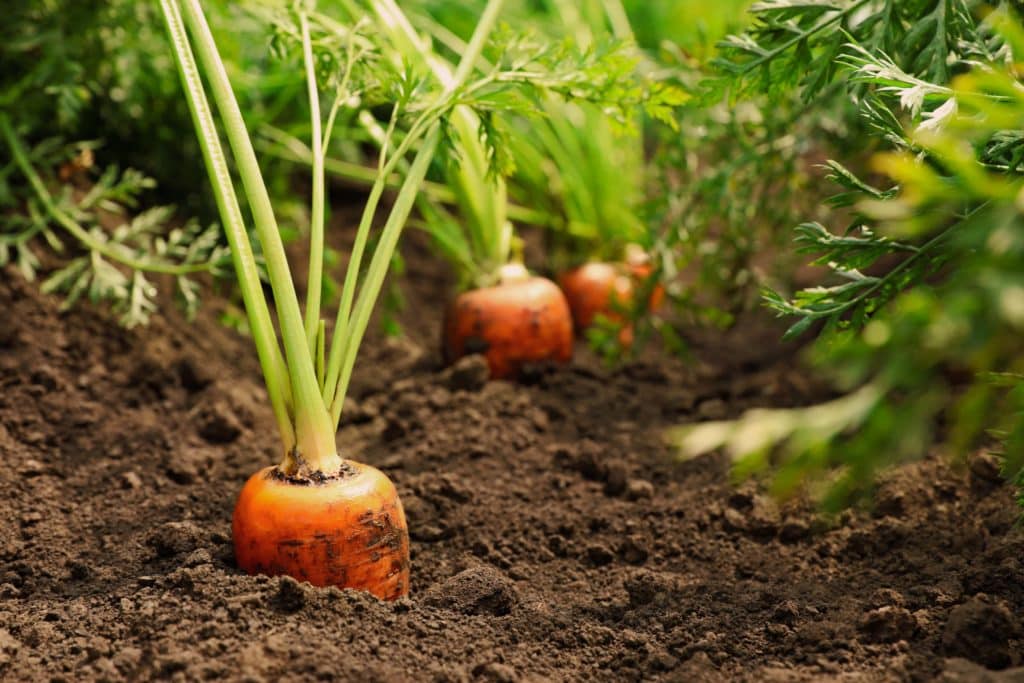
Root crops such as cassava, carrots and potatoes are notoriously good at hiding disease or deficiencies which might affect their growth. Although the leaves may look green and healthy, farmers can face unexpected surprises when they go to harvest their crops. Further to this, this also poses problems for plant breeders, who have to wait months or even years before knowing how crops respond to drought or temperature changes. This can hinder crop productivity by not knowing what nutrients or growing conditions the crop needs early on.
On June 14th, new research using machine learning to help predict root growth and health with aboveground imagery was published in ‘Plant Methods’ by The Alliance of Bioversity International and the International Center for Tropical Agriculture (CIAT).
Michael Selvaraj, a co-author from Alliance of Bioversity International and the CIAT commented:
“One of the great mysteries for plant breeders is whether what is happening above the ground is the same as what is happening below. That poses a big problem for all scientists. You need a lot of data: plant canopy, height, other physical features that take a lot of time and energy, and multiple trials, to capture what is really going on beneath the ground and healthy the crop really is.”
How Are Drones Helping Scientists?
Whilst drones are becoming cheaper and hardware for capturing physical images through crop trials has become easier, a major hold-up has been in analysing vast quantities of visual information. Using drone images, the Pheno-i platform can now merge data from thousands of high resolution images, analysing them through machine learning to produce a spreadsheet. This shows scientists exactly how plants are responding to stimuli in the field in real-time.
Using drone technology, breeders can now respond immediately, applying fertilizer if a particular nutrient is lacking of water. The data also allows scientists to quickly discover which crops are more resistant to climate shocks, so they can advise farmers to grow more drought or heath-resilient varieties.
The technology holds promise for other crops too. Joe Tohme, the Alliance research director for Crops for Nutrition and Health says:
“Automated image analytical software and machine learning models developed from this study is promising and could be applied to other crops than cassava to accelerate digital phenotyping work in the alliance research framework”.
About the Alliance
The Alliance of Bioversity International and the International Center for Tropical Agriculture (CIAT) delivers research-based solutions that harness agricultural biodiversity and sustainably transform food systems to improve people’s lives. Alliance solutions address the global crises of malnutrition, climate change, biodiversity loss, and environmental degradation.
If you work within the research industry and require commercial drone insurance, please do not hesitate to visit our policy benefits page or contact a member of our team to get a quote.
